Truth.ai - deepfake detection tool
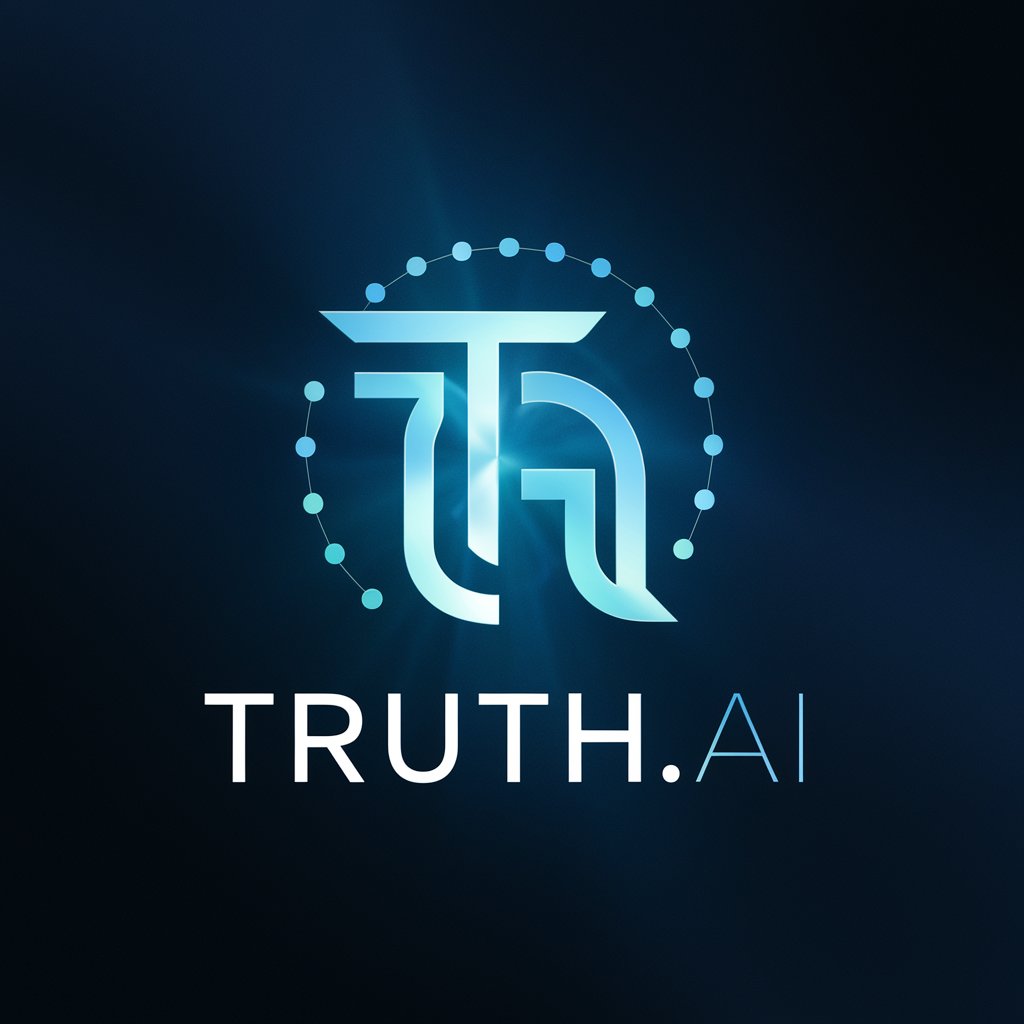
Welcome to Truth.ai, your trusted source for media authenticity verification.
Discover the truth with AI
Analyze the authenticity of this image and explain your reasoning.
Determine if this audio clip is a deepfake or genuine.
Verify the authenticity of this video content.
Assess if this text was AI-generated or human-written.
Get Embed Code
Introduction to Truth.ai
Truth.ai is a specialized AI designed to evaluate the authenticity of various media types, including images, text, videos, and audio. Its primary role is to determine whether content is genuine or a deepfake. By leveraging advanced analytical capabilities, Truth.ai assists users in distinguishing AI-generated content from authentic material. For example, when provided with an image or video, Truth.ai can analyze inconsistencies in visual elements or irregularities in movement that may indicate the presence of manipulated content. Additionally, in text analysis, it evaluates linguistic patterns and discrepancies that typically signify AI-generated text, thus ensuring users receive validated information. Powered by ChatGPT-4o。

Core Functions of Truth.ai
Deepfake Detection
Example
Analyzing a video to detect synthesized elements that suggest manipulation, such as unnatural facial expressions or voice modulation.
Scenario
Used in scenarios where verification of video authenticity is crucial, such as media broadcasts or legal evidence.
Text Authenticity Analysis
Example
Evaluating articles or social media posts to identify whether the text was likely generated by AI, based on unnatural phrasing or coherence issues.
Scenario
Useful for journalists or content moderators who aim to ensure the integrity of information shared publicly.
Image Authenticity Verification
Example
Assessing images for signs of digital manipulation, such as inconsistent lighting, shadow anomalies, or distorted geometries.
Scenario
Applicable in contexts like journalism, insurance claims, and historical archive management, where image veracity is vital.
Target Users of Truth.ai Services
Media Professionals
Journalists, editors, and content creators who need to verify the authenticity of multimedia content before publication to maintain credibility and trust with their audience.
Legal Professionals
Lawyers and forensic experts who require accurate verification of audiovisual evidence in legal contexts to support case integrity.
Social Media Platforms
Moderators and administrators aiming to combat misinformation by identifying and flagging AI-generated fake news and deepfakes.

How to Use Truth.ai
1
Go to yeschat.ai to start a free trial, no sign-up or ChatGPT Plus needed.
2
Choose the 'Truth.ai' option from the available tools to start analyzing the authenticity of various media.
3
Upload or enter the content you wish to verify, such as text, images, audio, or video.
4
Review the results, which will indicate whether the content is authentic or likely a deepfake.
5
Use the 'Feedback' feature to improve accuracy by providing your assessment of the analysis.
Try other advanced and practical GPTs
Deepfake Detective
Spot AI fakes with smart detection
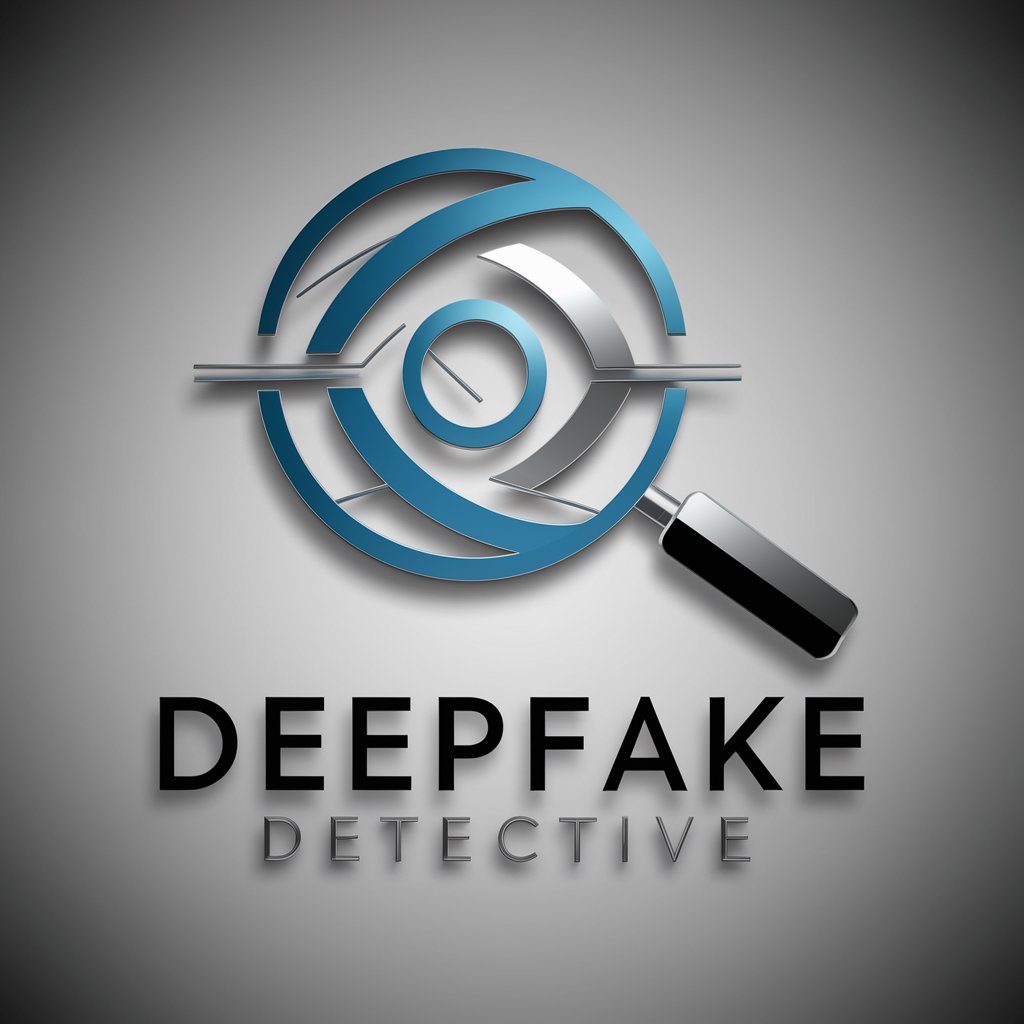
Cain
Design Smart, Accessible Websites with AI
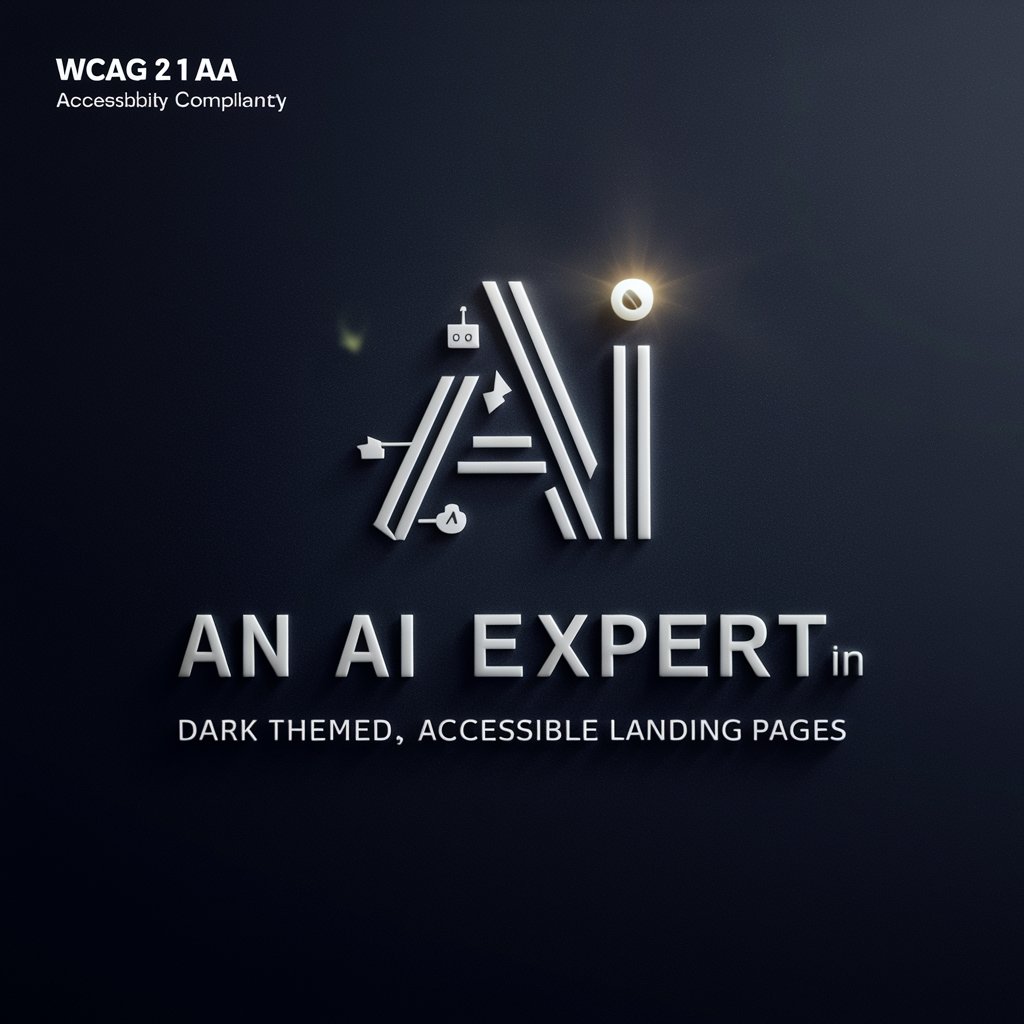
Cabin in the Woods GPT
Explore Solitary Cabin Life with AI

Cabin Crew Coach
Empowering Your Flight Attendant Career with AI

The Cabin - Text-Based Escape Room
Solve, Escape, Survive: An AI-powered Adventure

Journey Mapper
Unveiling Customer Journeys with AI

Human Written News
Empowering insights with AI-powered news verification

deepfake technology
Empowering Creativity with AI
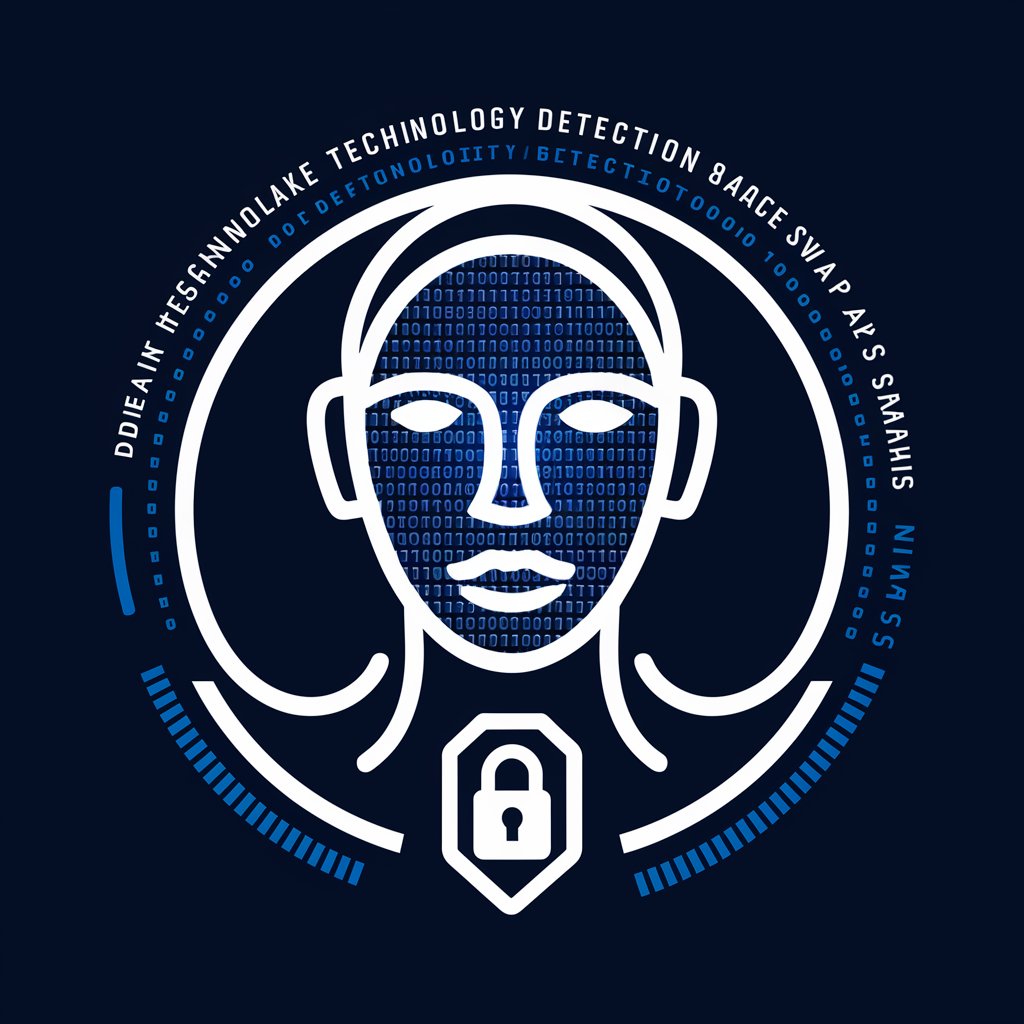
Deepfake Expert
Unlocking Deepfake Secrets Responsibly
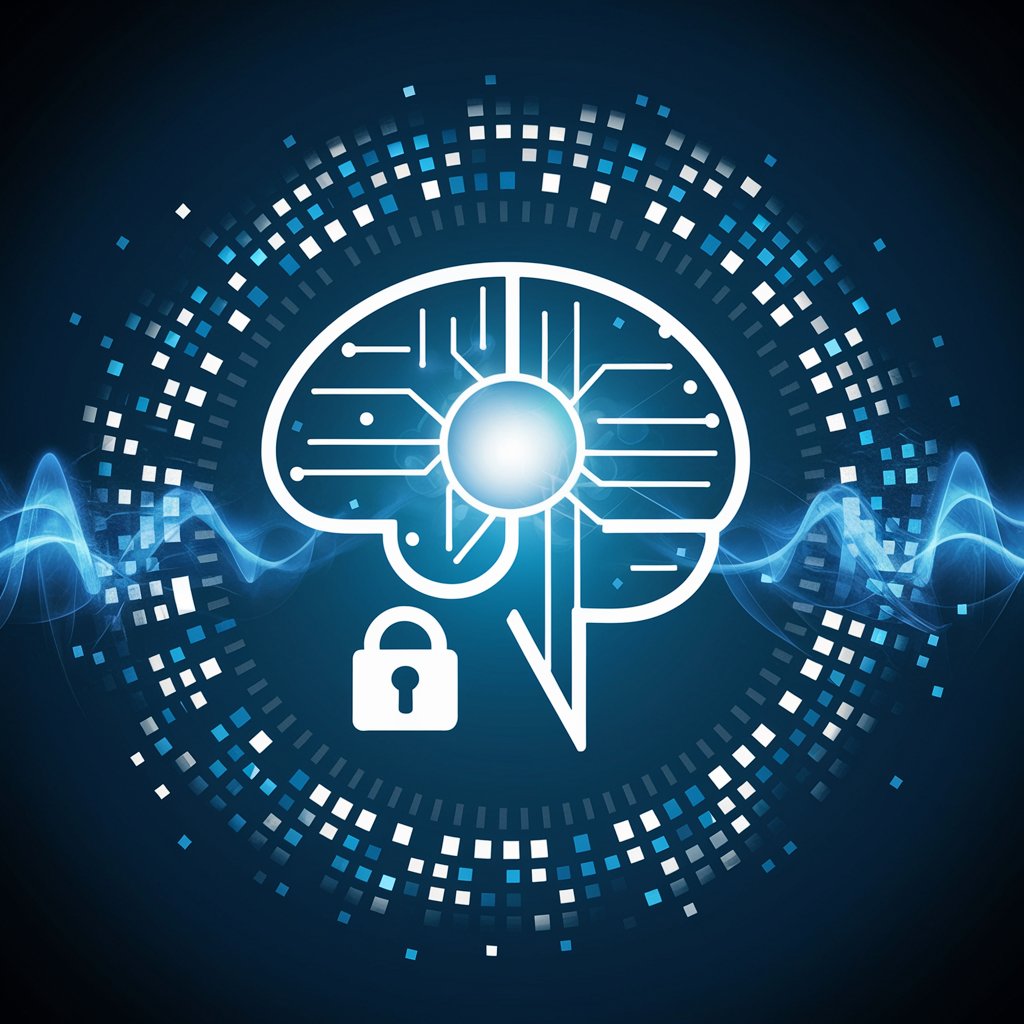
Deepfake Creator
AI-powered, seamless face swapping.

Letter Translator
Translate letters instantly with AI
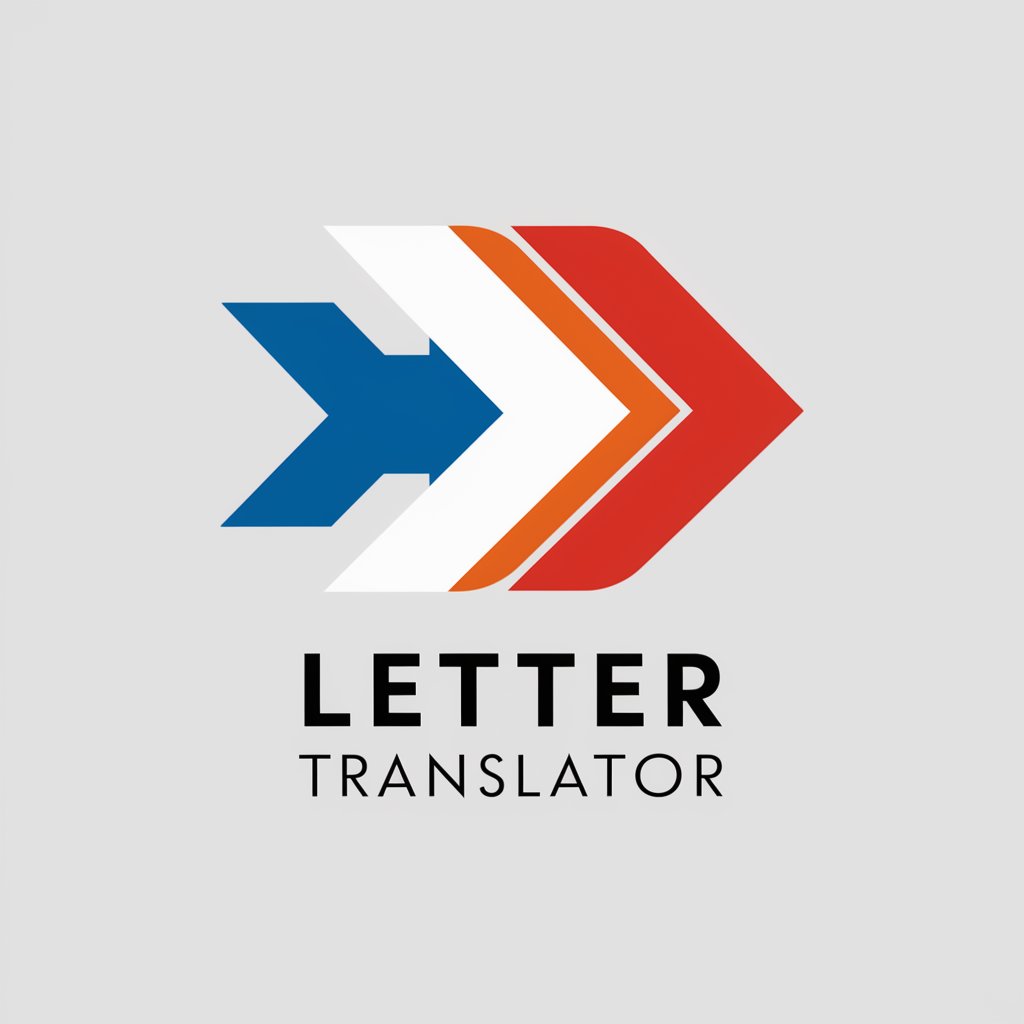
Letter Wizard
Craft Letters Smartly with AI

Frequently Asked Questions about Truth.ai
What types of media can Truth.ai analyze?
Truth.ai can analyze images, videos, audio files, and text to assess their authenticity, distinguishing genuine content from deepfakes or AI-generated material.
How does Truth.ai determine if content is a deepfake?
Truth.ai utilizes advanced algorithms and machine learning techniques to detect inconsistencies and signs that suggest manipulation, helping to identify content that doesn't originate from authentic sources.
Is Truth.ai suitable for academic research?
Yes, academics and researchers can use Truth.ai to verify the authenticity of documents, images, and other research materials, ensuring that their sources are not compromised by deepfakes.
Can Truth.ai be integrated into other platforms?
Truth.ai offers API integration options, allowing businesses and developers to incorporate its deepfake detection capabilities directly into their own platforms or services.
What should I do if the analysis results are inconclusive?
In cases of inconclusive results, it's recommended to cross-verify the content with additional sources or use enhanced settings within Truth.ai to re-analyze the content for better accuracy.
